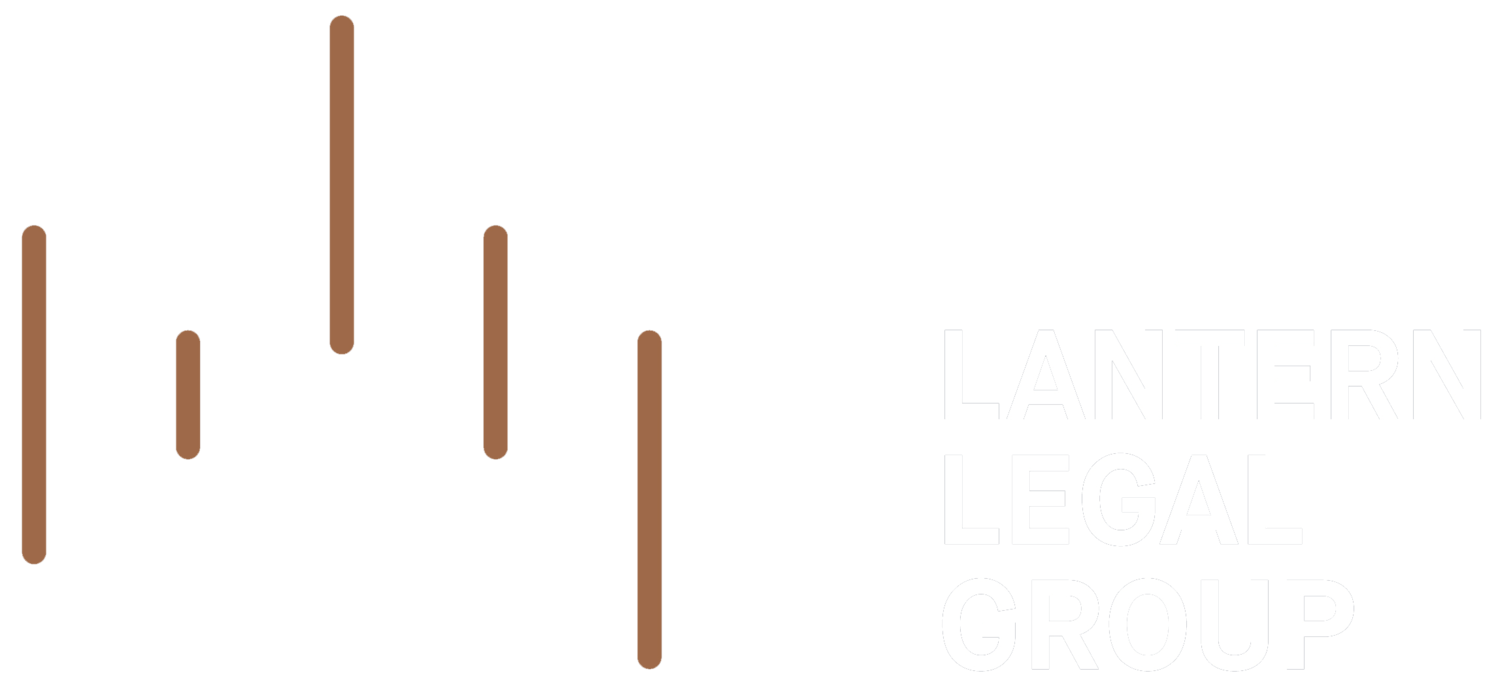The Lantern Legal Group’s Commitment to Gender Equality
This year’s Gender Pay Gap statement for our firm represents an improvement on previous years. We have moved from 25% in 2023 to 18% in 2024 which is comparable with industry standards. Our firm prides itself on its merit-based systems and processes which have translated to a gender balanced board and principal shareholding group. We will continue to focus on understanding factors that contribute to the pay gap and ensuring there is continued awareness of best practice in terms of maintaining this balance.
We understand that the main driver of our gap still exists and presents as an issue across the board for private law firms. The Legal Assistant candidate pool is traditionally almost exclusively female and as these roles are from a lower remuneration quartile, our gender pay gap is impacted when compared across the firm.
The firm has progressed in terms of structuring its systems and processes in alignment with research underpinning WGEA’s Employer of Choice citation. Several firm initiatives have been launched over the past 18 months to further mitigate unconscious bias in decision making and to deepen the recruitment pool for our assistant and clerical roles to attract more male applicants.
The firm’s leaders have demonstrated a commitment to understand gender inequity and have spent time engaging in workplace culture and leadership development sessions. Following these sessions the firm undertook an externally validated culture survey in which 70% of staff and leaders participated. Discussions on the factors shaping our workplace culture are being held. These discussions are underpinned by the culture survey results and it is intended that the firm will run this survey every two years so the firm can track progress.
Overall, the culture results were very positive and showed elements of a constructive workplace culture. We were particularly glad that the results were strong in terms of key elements found by WGEA to strengthen gender equity in a workplace.
Specifically, the firm received very positive results which indicate that the firm’s selection and placement, training and development and appraisal systems are fair, and merit based. These are key outcomes and important foundations for ongoing workplace improvement programs, whether it be for professional development, personal growth or gender equity.
What are we currently working on?
WGEA’s Employer of Choice citation outlines 7 key areas of focus. We are using these areas in the following ways:
Leadership, strategy, and accountability: The firm has recently conducted a review of its strategy and decision-making processes and has implemented a new Operations Committee which assists with fairness and consistency across the firm’s salary review process. Consisting of 6 principals (4 of which are female), the CEO and the firm’s General Managers (3 of the 4 General Managers are female), the Operations Committee provides an additional review of annual salary review data creating another opportunity for detailed review with differing filters.
During 2025 there will be a focus on firm capability development through a comprehensive Learning and Development Framework and leadership development program. This will involve workshops with various groups and teams.
Developing a gender-balanced workforce: the firm has recently introduced a revised Performance Development Policy and associated position description framework to support a fair, merit-based appraisal and promotion procedures.
We are implementing differing models to attract a deeper pool of candidates; this includes employment of Law Clerks with differing responsibilities to the legal assistant role.
Gender pay equity: a regular part of the firm’s governance, a gender based remuneration analysis continues and will form a part of the 2025 remuneration review process.
Support for caring: our Parental Leave Policy is referred to when considering the individual circumstances of our employees. This Policy will be reviewed in 2025 to take in to consideration additional ways in which the firm can support working families.
Mainstreaming flexible work; in 2024 we conducted a review and confirmed the firm’s flexible working policies for all equity holders and staff. This enables our people to balance family and social commitments. This policy is expected to continue in its’ current form in 2025.
Preventing sexual harassment, gender-based harassment, and discrimination, and bullying: key to our work in the legal profession we hold regular training sessions on this important topic, most recently on the Respect@Work changes introduced into the Fair Work Act. During 2025 our culture survey workshops will provide another forum for discussion on this critical topic.
Driving change beyond your workplace: we are proud to have a staff member who is a leader in the gender equity space and who has received external recognition for this work. The firm welcomes opportunities for staff to engage further with community groups and leverage their positions and experiences within TLLG to influence more broadly than their workplace.
We are fortunate to have a shareholding group and board consisting of a 50/50 gender balance. We believe this diversity underpins the success of our firm. We are committed to ensuring we develop a diverse pipeline of leaders who will steward our firm into the future and look forward to seeing our progress year on year.
The Lantern Legal Group Board
Andrew Barnes, CEO
February 2025
